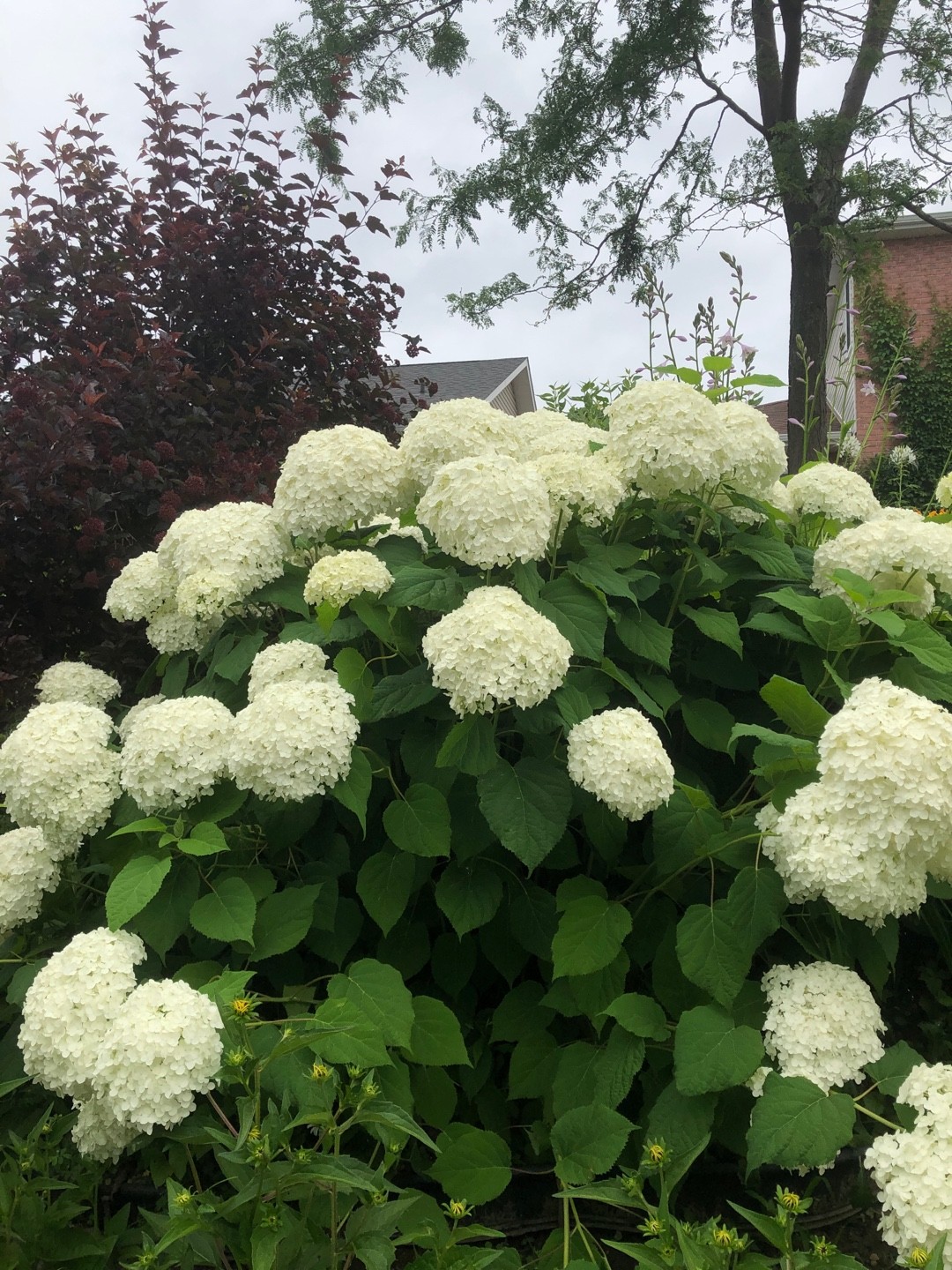How To Grow Your Own Hydrangea Annabelle Shrub
How to Grow Your Own Hydrangea Annabelle Shrub
Hydrangea Annabelle is a popular shrub known for its large, creamy white blooms. It is relatively easy to grow and care for, making it a good choice for gardeners of all levels of experience.
In this blog post, we will discuss everything you need to know about growing your own Hydrangea Annabelle shrub. We will cover topics such as:
- Choosing the right location
- Planting and fertilizing
- Pruning and watering
- Pests and diseases
- Overwintering
By following these simple tips, you can enjoy beautiful Hydrangea Annabelle blooms for years to come.
Choosing the Right Location
Hydrangea Annabelle prefers full sun to partial shade. It will tolerate full sun in cooler climates, but may need more frequent watering in hot, dry weather. The soil should be moist but well-draining. If your soil is sandy, you may need to add some organic matter to improve drainage.
Planting and Fertilizing
Hydrangea Annabelle can be planted in spring or fall. When planting, dig a hole that is twice as wide as the root ball. Backfill the hole with soil, being careful not to bury the crown of the plant. Water the plant well after planting.
Hydrangea Annabelle does not need to be fertilized heavily. A light application of fertilizer in spring will help promote blooming. You can use a balanced fertilizer, such as 10-10-10.
Pruning and Watering
Hydrangea Annabelle does not need to be pruned heavily. In fact, some gardeners recommend only pruning to remove dead or diseased branches. If you do choose to prune, do so in late winter or early spring.
Hydrangea Annabelle needs regular watering, especially during the first year after planting. Water the plant deeply once a week, or more often in hot, dry weather.
Pests and Diseases
Hydrangea Annabelle is relatively resistant to pests and diseases. However, it can be susceptible to leaf spot, powdery mildew, and scale. If you notice any problems, treat them promptly with an appropriate pesticide or fungicide.
Overwintering
In most climates, Hydrangea Annabelle does not need to be protected from the winter. However, if you live in an area with harsh winters, you may want to cover the plant with a burlap sack or other protective material.
Enjoying Your Hydrangea Annabelle
With proper care, your Hydrangea Annabelle will reward you with beautiful blooms for years to come. The blooms are typically in peak bloom in late summer or early fall. You can enjoy the blooms by cutting them for bouquets, or simply by admiring them in your garden.
Hydrangea arborescens 'Annabelle' is a beautiful, easy-care shrub that is perfect for adding a touch of elegance to any garden. With its large, white flower heads, 'Annabelle' is sure to turn heads all summer long.
If you're thinking about adding an 'Annabelle' hydrangea to your garden, I suggest you visit for more information. On this website, you can find everything you need to know about growing and caring for 'Annabelle' hydrangeas, including:
- Planting tips
- Soil requirements
- Watering needs
- Fertilizing schedule
- Pest and disease control
- Pruning instructions
You can also find beautiful photos of 'Annabelle' hydrangeas in bloom, as well as helpful articles and videos on all aspects of hydrangea care.
I highly recommend visiting if you're interested in learning more about hydrangea arborescens 'Annabelle'. This website is a valuable resource for any gardener who wants to add this beautiful shrub to their garden.
FAQ of hydrangea arborescens annabelle
- Question: How long do Annabelle hydrangeas bloom?
- Answer: Annabelle hydrangeas typically bloom in June and can last for up to two months. In some cases, they may also bloom again in the fall. The size and color of the blooms can vary depending on the amount of sunlight and nutrients the plant receives.
- Question: How much space does an Annabelle hydrangea need?
- Answer: Annabelle hydrangeas can grow up to 4-6 feet tall and wide, so they need plenty of space to spread out. When planting, allow at least 4-6 feet of space between each plant.
- Question: What is the best soil for Annabelle hydrangeas?
- Answer: Annabelle hydrangeas prefer moist, well-drained soil that is rich in organic matter. If your soil is sandy or clayey, you may need to add some compost or peat moss to improve drainage.
- Question: How much water do Annabelle hydrangeas need?
- Answer: Annabelle hydrangeas need regular watering, especially during the first year after planting. Once they are established, they can tolerate some drought, but they will produce more blooms if they are watered regularly.
- Question: How do I deadhead Annabelle hydrangeas?
- Answer: Deadheading is the process of removing spent blooms. This helps to encourage new blooms and keep the plant looking neat. To deadhead Annabelle hydrangeas, simply pinch or cut off the spent blooms at the base of the flower cluster.
Image of hydrangea arborescens annabelle
- Image 1: A close-up of a white hydrangea arborescens annabelle flower cluster. The flowers are large and round, with a delicate, lacy appearance.

- Image 2: A full shot of a hydrangea arborescens annabelle shrub in bloom. The shrub is covered in large, white flower clusters, which are surrounded by dark green leaves.

- Image 3: A hydrangea arborescens annabelle shrub planted in a garden setting. The shrub is surrounded by other flowers and plants, and it adds a touch of elegance to the garden.

- Image 4: A hydrangea arborescens annabelle shrub in a vase. The flowers are arranged in a simple vase, and they make a beautiful centerpiece for a table or countertop.
- Image 5: A hydrangea arborescens annabelle flower cluster in the sunlight. The flowers are illuminated by the sun, and they sparkle with a delicate beauty.
Post a Comment for "How To Grow Your Own Hydrangea Annabelle Shrub"